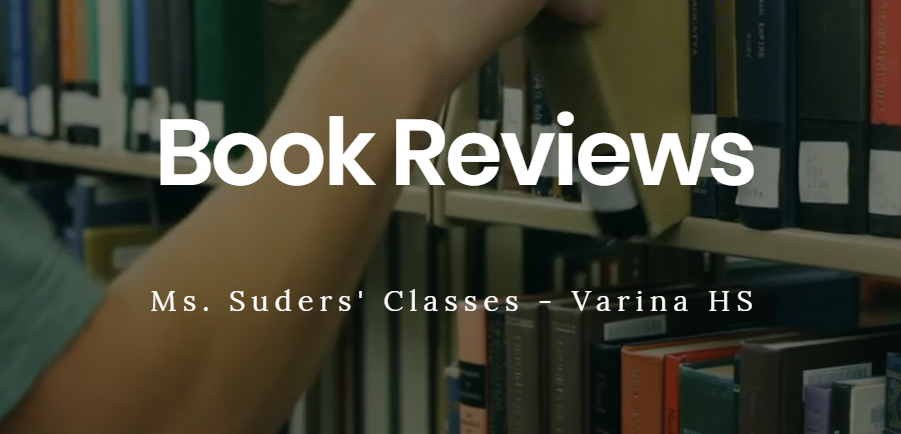Summary
Kindergarten students are challenged to form groups and establish roles to problem solve the authentic task of becoming experts and teaching their selected season to three local preschools via classroom blog. They collaborate with peers to develop self generated questions to guide research. They blog with a local professional meteorologist in an effort to get real answers to burning questions. They have round table discussions comparing and contrasting their season with members of each group. Teams construct two items out of recyclables (a children’s engineering design brief) that correlates with their season, and uses these items to enhance teaching their season while being digitally recorded. This recording is displayed on our classroom blog and will be used by three different preschools in the Richmond area as an introduction to their own unit on seasons & the weather. Preschoolers will post comments in which they ask “the experts” questions after having viewed these videos, and kindergartners will interact by responding to the preschoolers questions or comments
TIPC Ratings
Prior to this lesson, students have been building an understanding of when certain websites are more useful than others, and how to analyze whether the information is relevant. Students created their own questions that guided their research. Students begin assembling information from websites & databases (whole group and independenty), videos, their own real world observations, and through blogging with an expert meteorologist. Teams record a video lesson that is posted on classroom blog for three local preschools to utilize as an introduction to their own unit on Weather & the Seasons! Through research, kindergarten students manipulate information so fluently, that they ultimately become the experts who teach this lesson.
Students communicate by determinng jobs necessary for their group, and decide who will perform each job among themselves. When comparing and contrasting, students conferred with their group over what they thought their season had in common with each of the other three seasons, and then how they differed. They met with each of the other three seasons groups’ and explored all of these comparisons and created (teacher recorded) Venn Diagram posters. Students selected appropriate digital tools (laptops, promethean board, classroom blog) to communicate with experts regardless of physical distance by blogging a student generated question to Andrew Freiden. Without direct supervision, they discussed and collaborated on what their group would construct that would benefit the preschoolers in getting a thorough understanding of their season. Without direct supervision, students digitally recorded their lesson which will be posted on classroom blog to display for preschoolers. Students reflect on Communication and Collaboration goals set in place at the beginning of the lesson using activotes and determine which goals will be used in the future if they were not met this time.
Students apply critical thinking skills to solve the real world problem of deciding how to teach their season to preschoolers. They problem solve from the very beginning by working out who will perform student suggested jobs within the group. To ensure problem solving of authentic task (and since they are in kindergarten), they utilize a critical thinking strategies checklist when they enter into the syntheses portion of the activity. They construct 2 items based on everything they’ve researched and selected the most appropriate digital tool (blog) to post videos (recorded on ipads) in order to extend the classroom beyond its walls. They analyze their own open-ended questions(“What will this look like?” “How will we build this?” “How will this particular item enhance our lesson?”) by brainstorming, asking questions, and finding solutions. Students complete reflection flipchart with original goals to see how they think they did with critical thinking and problem solving and determine which goals will be used in the future if not fulfilled.
After research, students synthesized old knowledge with new knowledge and the knowledge of their peers to formulate ideas on what to create with their recyclables that can be used to enhance the lesson they teach. Their own innovation is the driving factor behind which recyclable items can be combined to represent real world items that pertain to their season. The products they create are solely the ideas of the group. How they teach their lesson and what ideas they try to convey on the video recording are derived from their own knowledge and creativity. They take strategic risks not knowing if the items the group has agreed to construct will meet the criteria established in the design brief until they have completed this part of the project (the item must be able to be handheld without falling apart!). By encouraging students to come up with their own ideas (the sky’s the limit!) and supplying them research from many outside sources, they are able to work within and beyond the assignment parameters. Students reflect on original goals (set in place at the beginning of the lesson) using activotes and determine which goals will be used in the future if they were not met this time.
Download Files
- Lesson Plan
- Design Brief
- Critical Thinking Strategies
- Assessment and Checklist
- Link to Blog
- Student Artifact




